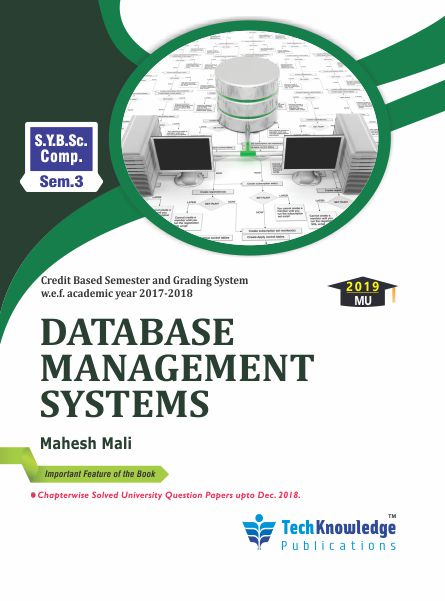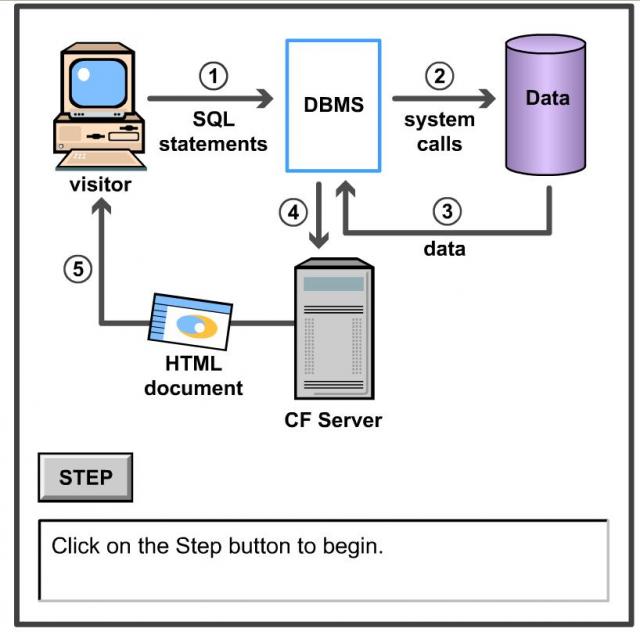


The problem of content management of multimedia data types (e.g., image, video, graphics) is becoming increasingly important with the development of advanced multimedia applications. We also provide algorithms that capture special effects based on the presentation graph. Using the notion of global presentation graph, the concept of hypermedia linking, and the hierarchical modelling power of the Petri net representation, we describe how asynchronous user modification of the presentation sequence can be supported. This guarantees that the required objects will be available at the time of their presentation, regardless of network problems. Using an interval based presentation schedule, the mechanisms predict the optimal time to initiate the request for the multimedia objects. The various network problems are modelled as bounded probabilistic delays. We present some predictive mechanisms that can be used to ensure synchronization in network-based multimedia presentations in the presence of distributed multiple sources of data, limited network bandwidth, statistical network delays, and asynchronous user interaction. become problems that may lead to synchronization difficulties. When some of the multimedia objects needed in the presentation are to be retrieved from distributed multiple sources over a network, issues such as bandwidth limitation, network delays, low quality of service, user interaction, etc. Audio and video in particular impose certain temporal constraints in their presentation in order to convey the desired message. In the case of multimedia data, representation of content is far from trivial though, and not supported by current database management systems.Ī typical multimedia presentation involves an integration of a variety of data types represented in different media forms such as text, graphics, audio, video, etc. Thus, database technology has primarily focused on handling the objects’ logical structure. The content structure of administrative data is easily represented in alphanumeric values. The main problem of multimedia data management is providing access to the stored objects. This thesis has investigated data management in multimedia digital libraries, and its implications on the design of database management systems. DBMSs, and in particular those based on the relational data model, have been very successful at the management of administrative data in the business domain. The main characteristic of the ‘database approach’ is that it increases the value of data by its emphasis on data independence.
MULTIMEDIA DATABASE MANAGEMENT SYSTEM PDF SOFTWARE
The architecture works in layers and can search all types of multimedia data.Ī database management system is a general-purpose software system that facilitates the processes of defining, constructing, and manipulating databases for various applications. Because of the highly application areas and significance uses of multimedia data to the users, we propose a multimedia database management system architecture that is capable of searching different types of multimedia content and also support natural language. However, the semantics nature and complexity of these data type makes searching and retrieval of multimedia content highly demanding. The architecture of multimedia DBMS should be well structured and enlarged to fit in these type of data. Though it is very important for computers to search, process and store these kind of data but managing them required a key content-based search. Traditional database cannot handle multimedia data because of it difficult requirements thus there is a need for multimedia database system that can store and handle media data. Multimedia data are forms of media content such as texts, sounds, images, graphics, video and animation thus managing these kinds of sophisticated data because of it large size and bandwidth consumption requires some current technologies and smart applications.


 0 kommentar(er)
0 kommentar(er)
